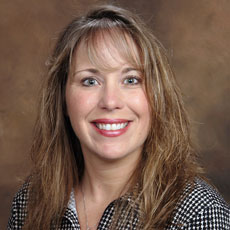
The conventional wisdom for improving Activities for Daily Living is to educate and re-educate and then educate again.
This is important, but I look at ADL capture as a process that requires audits and examining systems. Every process has gaps that can be narrowed or even closed. Usually 80% of ADL capturing problems are caused by one or two gaps. These are unique to the facility based on staff strengths and weaknesses.
Improvements start by looking at a resident entering the facility. Is the form filled out and in the place that the certified nursing assistant can capture the ADLs immediately? For EMR facilities, do we have the resident admitted to the EMR before the current shift goes home and, if not, how do they capture the admission ADLs?
Early ADLs are often the highest, so admission ADLs are important to capture and capture correctly. Capturing correctly means we capture the ADLS at the level the resident actually performed, not what the staff think the resident is capable of. Next is looking at the staff’s knowledge of being able to code the ADLs correctly. This is where we spend a lot of our time and efforts.
A staff member should be able to explain what a functional level means. So education, along with formal auditing to check how the staff is applying the education, is extremely important. Every staff member that is part of the ADL documentation process should be on the audit list.
This includes therapists. I still come across forms that have “Min A” listed as limited assist. The next step in the process is taking an audit and following up to assure that your staff is actually documenting the correct level. A staff member may be able to tell you that Mrs. Smith is an “extensive assist for transfer” during an audit. But six residents later and 5 minutes before the end of the shift, the staff member may put in Mrs. Smith’s transfers as a limited assist. Both written and EMR systems also can reflect copycat documentation.
Choosing the ARD is an important step not to miss. Often facilities will choose Day 8 for all of their 5-day assessments. This means that the ADLs on Day 1 of the resident’s admission will not count in the 7-day lookback period. This can lead to a lower RUG and reimbursement because often these ADLs show the resident at a higher level of dependency. For scheduled PPS assessments looking at late loss ADL scores in the same manner that you would address therapy minute totals. Choose the date that maximizes the overall RUG CMI in order not to miss reimbursement opportunities.
The ADL capture process on the MDS is the last step. Auditing the MDS to assure that the ADLs following the rules of section G in the RAI manual is extremely important. Most EMRs pull the ADLs from the CNA/ADL module, excluding opportunities including therapy.
Every facility is different and so you may have an extra step or two in your process. What is important is to lay out your ADL capture process. Then audit each step in the process to determine your gaps. Then fix the gaps and audit again. Unfortunately, with the turnover in skilled nursing homes today this is a process that should be ongoing.
Stacy A. Darling, MBA, MPT, AT, RAC-CT, is the vice president of operations in the long-term care consulting team at Post Acute Consulting, LLC.



